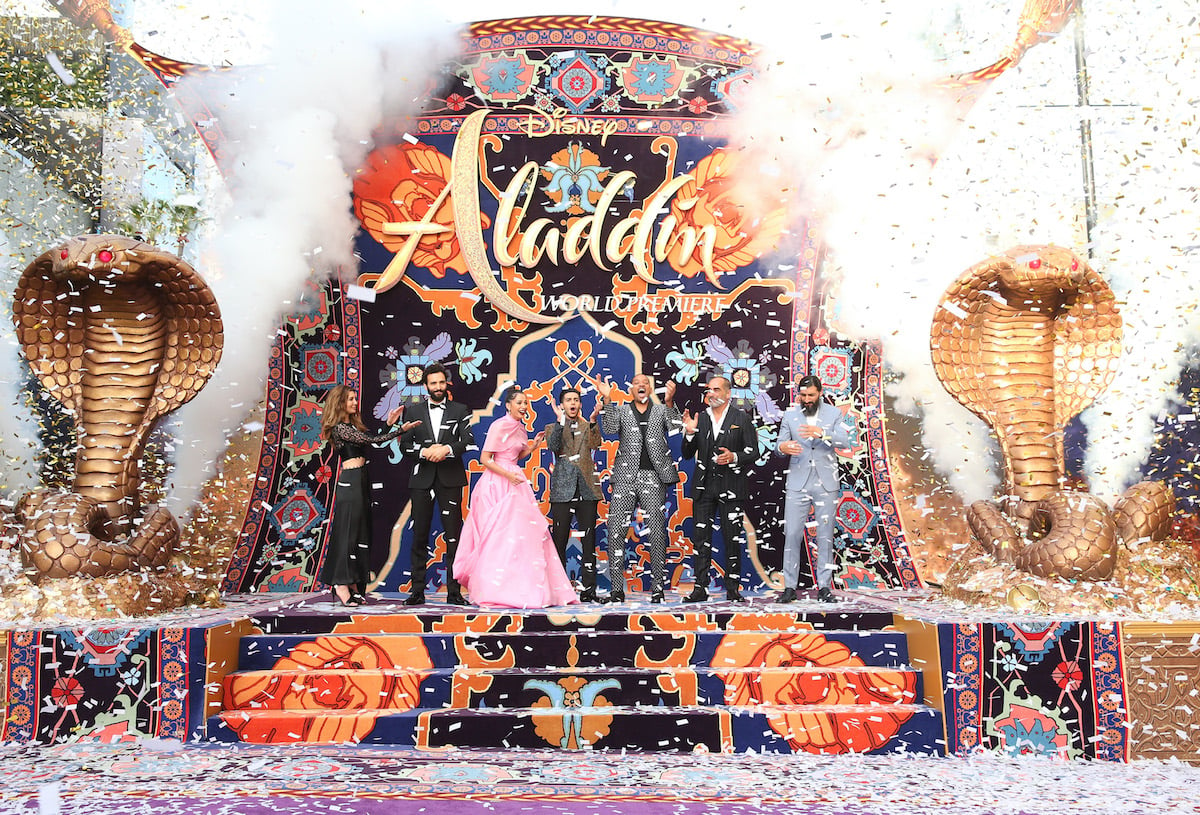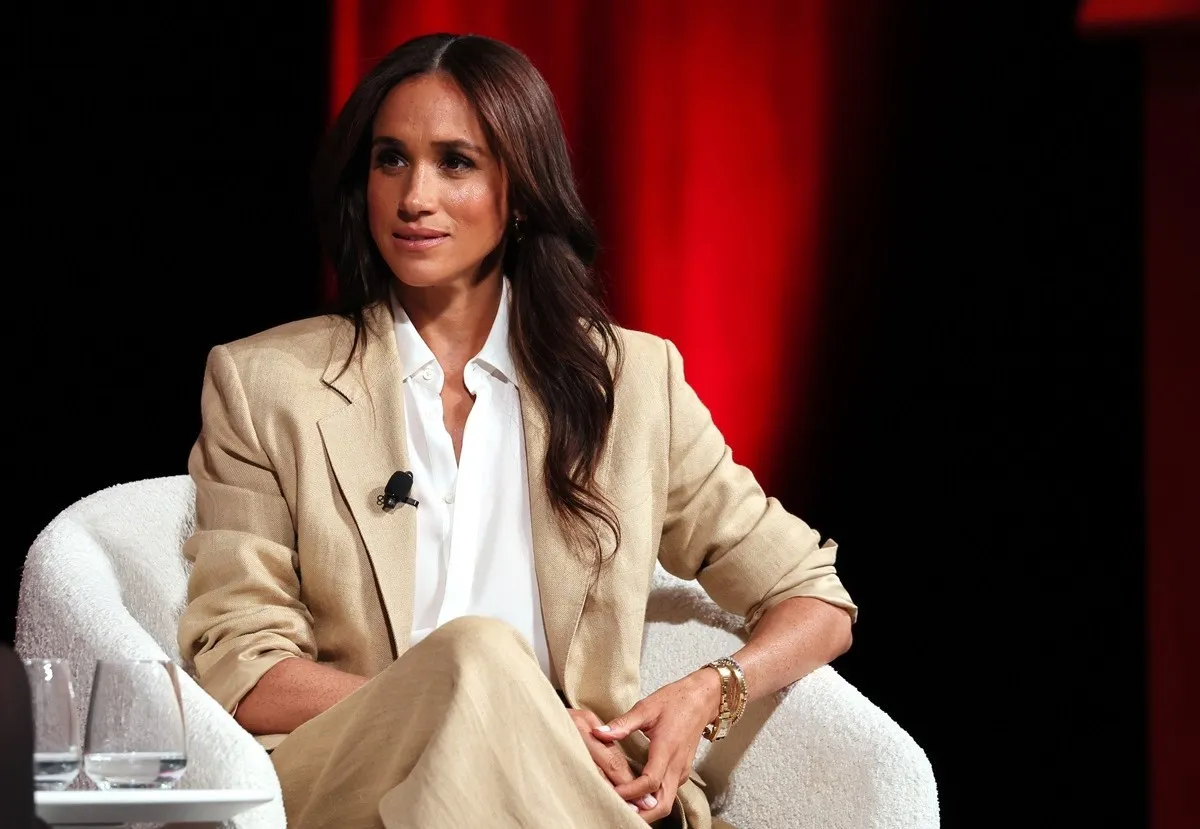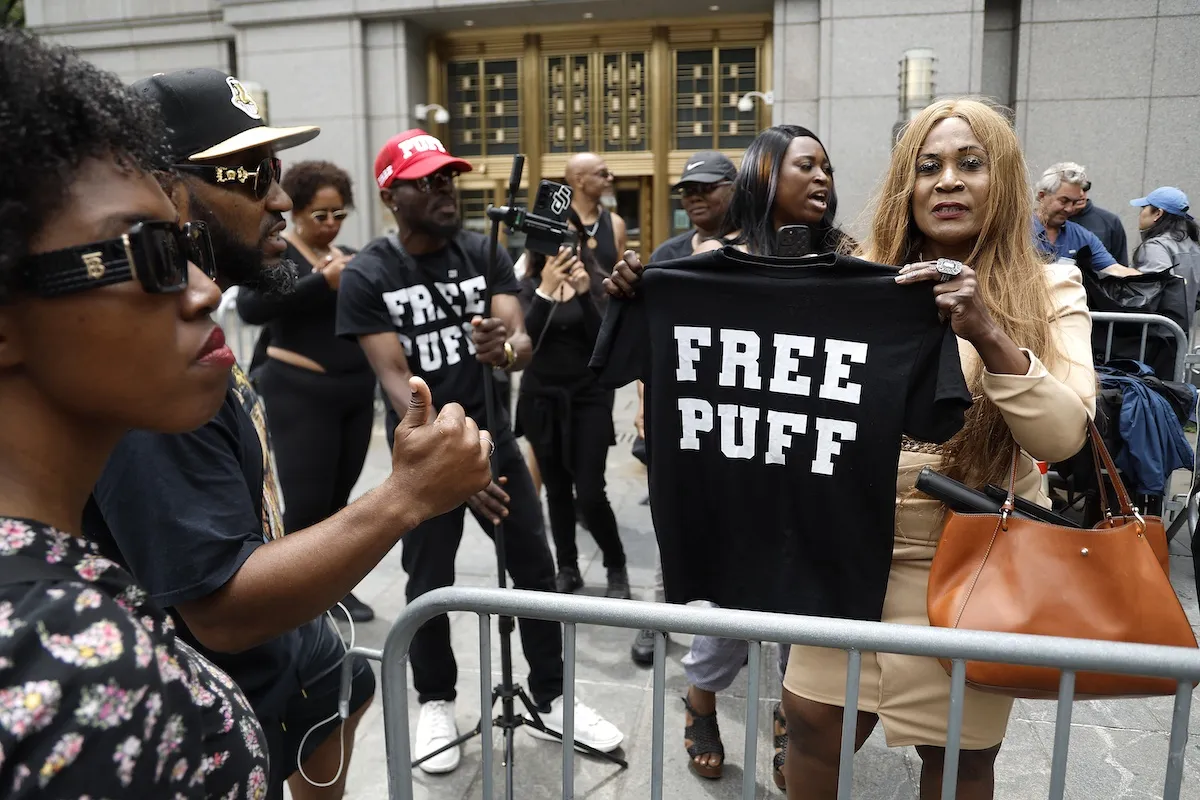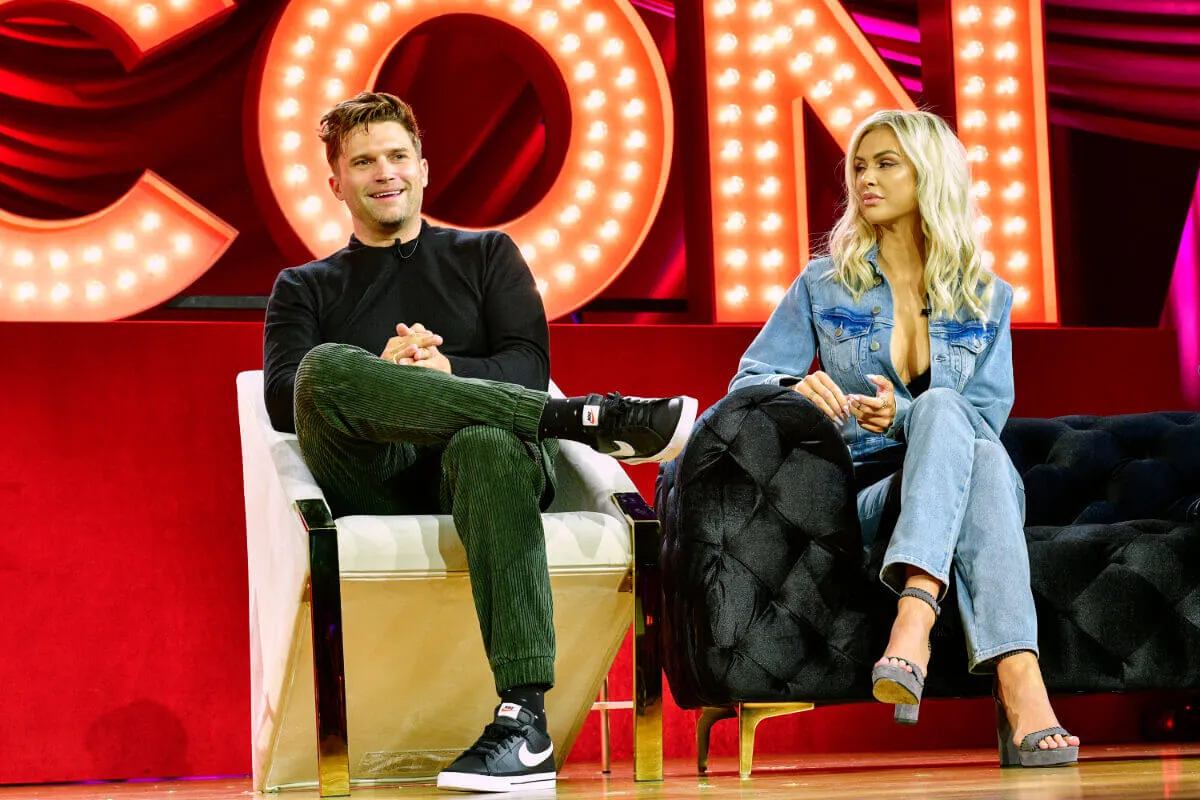Disney’s ‘Aladdin’ Inspiration for Jasmine and Aladdin Are Jennifer Connelly and Tom Cruise
Disney makes a lot of different types of movies and television series these days, but their all-encompassing empire is built on the classic animated cartoons that delighted children and adults alike. One of their great films is Aladdin. The film’s vibrant art style, timeless comedy, and likable characters continue to make Aladdin an entertaining watch 30 years after its original release date.
It’s always interesting to learn how creators find the inspiration for their work. In the case of Aladdin and Jasmine, their appearances were partly based on two young stars of the era.

Aladdin is a seminal, old-school Disney classic cartoon
Based partly on the Middle Eastern folktale The Thousand And One Nights, Aladdin follows the story of an endearing street urchin and his klepto monkey partner, Abu. They make their living scheming and scrounging around the fictional Arabian city Agrabah. Unexpectedly, Aladdin and Abu cross paths with Princess Jasmine, who leaves her palatial home in anger due to a law that requires her to marry a prince rather than wait for a person she loves.
They are soon caught by the central villain, Jafar, who inscribes Aladdin and Abu to enter the Cave of Wonders, where a “diamond in the rough” can find a magical lamp that can make their dreams come true. This is where they meet the Genie, who helps the heroes stop Jafar from becoming Sultan of Agrabah while Aladdin attempts to woo Jasmine despite his low-class status.
Entertaining, funny, and armed with a heart of gold, Aladdin is an adventure story about the ways love can bloom between people from all walks of life.
Aladdin and Jasmine were inspired by two famous actors of the time
So much of Aladdin rides on the dynamic between the titular character and Jasmine. Viewers have to believe in their burgeoning romance and be pleased when they do get the chance to be together after all. And part of selling their relationship, even though they’re not real people, is in how they look.
During the early parts of production, character designers looked to Michael J. Fox as the model for how Aladdin should look and act. But later on in the process, Disney president Jeffrey Katzenberg compelled animators to take cues from Tom Cruise, specifically his performance in Top Gun, according to People.
“I originally was thinking of him like a Michael J. Fox character, short in stature but with a big ego and lots of dreams,” animator Glen Keane told the Los Angeles Times. “In all [Cruise’s] poses, I noticed there was a confidence, a look in the eyebrows, that gives him intensity and at the same time a smile that has kind of an impish look like he’s got something up his sleeve.”
Pictures of Cruise were hung around the studio, and the illustrators went an extra step and gave Aladdin a “straight-off-the-forehead nose” in homage to the actor. For Jasmine, animator Mark Henn integrated aspects of Jennifer Connelly’s appearance, particularly her eyebrows, into how the princess was styled. He also added traits of his sister, Beth.
Robin Williams’s work as Genie was celebrated but led to a nasty financial dispute between him and Disney
The Genie was also based on a big-name entertainer, but their relationship with the movie was much more negative than it should’ve been.
Robin Williams was the biggest star in Aladdin and was willing to forego his standard asking fee of $8 million on two conditions: that his name and likeness would not be used at all in the marketing, and that the Genie would not take up more than 25% of space on advertisements, since Williams had another movie, Toys, coming to theaters a month after Aladdin.
Disney did not hold up their end of the bargain, and Williams was understandably frustrated with the studio. The company sent him a Pablo Picasso painting to win him over, but that didn’t work. Williams refused to return to the role for the direct-to-video sequel The Return of Jafar, forcing Disney to publicly apologize to him. Williams then agreed to become the Genie again for the second sequel Aladdin and the King of Thieves in 1996.


